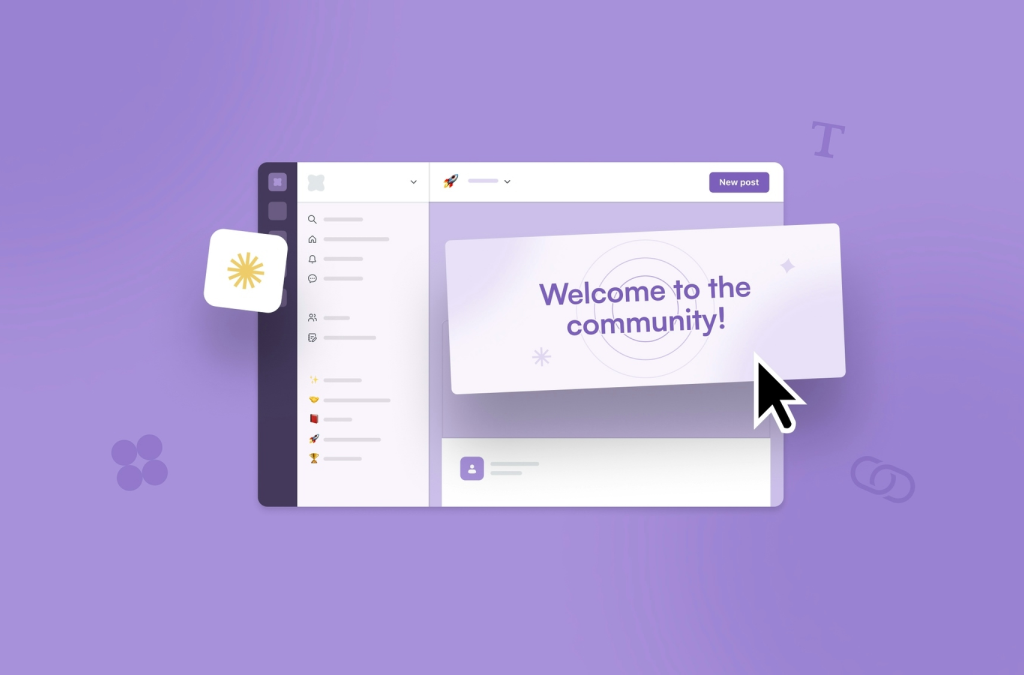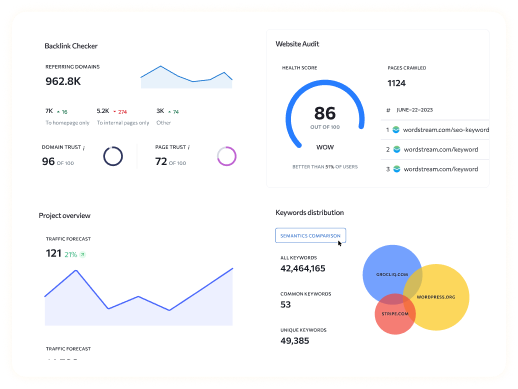“Eating your own dog food” is a common phrase in the software industry that refers to using your own product internally. It’s a critical practice for SaaS (Software as a Service) companies to ensure their product meets quality standards, addresses user needs, and delivers value. By actively using their own product, SaaS companies can identify weaknesses, gather feedback, and make necessary improvements. Here’s how to effectively strength-test your SaaS product:
Understanding the Concept
“Eating your own dog food” means using your own product or service as a regular customer would. It involves experiencing the product firsthand, both as an end user and as a member of the development team. This practice allows SaaS companies to gain valuable insights into the user experience, identify areas for improvement, and validate the product’s functionality and usability.
Steps to Strength-Test Your SaaS Product
1. Use Your Product Daily
Encourage all members of your team to actively use the product in their daily workflows. This includes developers, designers, marketers, sales representatives, and customer support staff. By using the product themselves, team members can uncover usability issues, bugs, and performance issues firsthand.
2. Gather Feedback
Create channels for collecting feedback from internal users, such as dedicated Slack channels, email threads, or feedback forms within the product itself. Encourage team members to report any issues they encounter, provide suggestions for improvements, and share their overall experience using the product.
3. Test Different Use Cases
Explore different use cases and scenarios to ensure your product meets the needs of diverse user segments. Test the product under various conditions, such as different operating systems, browsers, network environments, and user roles. This helps uncover any compatibility issues or limitations that may arise.
4. Monitor Performance Metrics
Track key performance metrics, such as page load times, response times, error rates, and user engagement metrics. Analyze this data regularly to identify performance bottlenecks, areas for optimization, and opportunities for enhancing the user experience.
5. Implement Continuous Improvement
Use the feedback and insights gathered from internal testing to prioritize and implement improvements to your product. Iterate on features, address usability issues, and release updates regularly to ensure your product remains competitive and meets evolving user needs.
FAQs About Strength-Testing Your SaaS Product
Q: Why is it important for SaaS companies to “eat their own dog food”?
A: Eating your own dog food allows SaaS companies to gain firsthand experience with their product, identify usability issues, gather feedback, and make necessary improvements. It helps ensure the product meets quality standards, addresses user needs, and delivers value.
Q: How can internal usage of the product benefit SaaS companies?
A: Internal usage of the product provides SaaS companies with valuable insights into the user experience, usability issues, and performance challenges. It allows them to identify weaknesses, validate functionality, and prioritize improvements based on real-world usage.
Q: What are some common challenges SaaS companies may encounter when strength-testing their product?
A: Common challenges include bias among internal users, difficulty reproducing customer environments, limited resources for testing, and balancing internal priorities with external customer needs. Overcoming these challenges requires effective communication, collaboration, and a commitment to continuous improvement.
Q: How frequently should SaaS companies conduct internal testing of their product?
A: SaaS companies should conduct internal testing regularly, ideally as part of their ongoing development and release cycles. Continuous testing allows them to catch issues early, iterate on features quickly, and maintain a high level of product quality over time.
Q: What role does internal feedback play in the product development process?
A: Internal feedback serves as a valuable source of insights and ideas for product improvement. It helps inform feature prioritization, bug fixes, and usability enhancements, ensuring the product meets the needs of both internal users and external customers.





